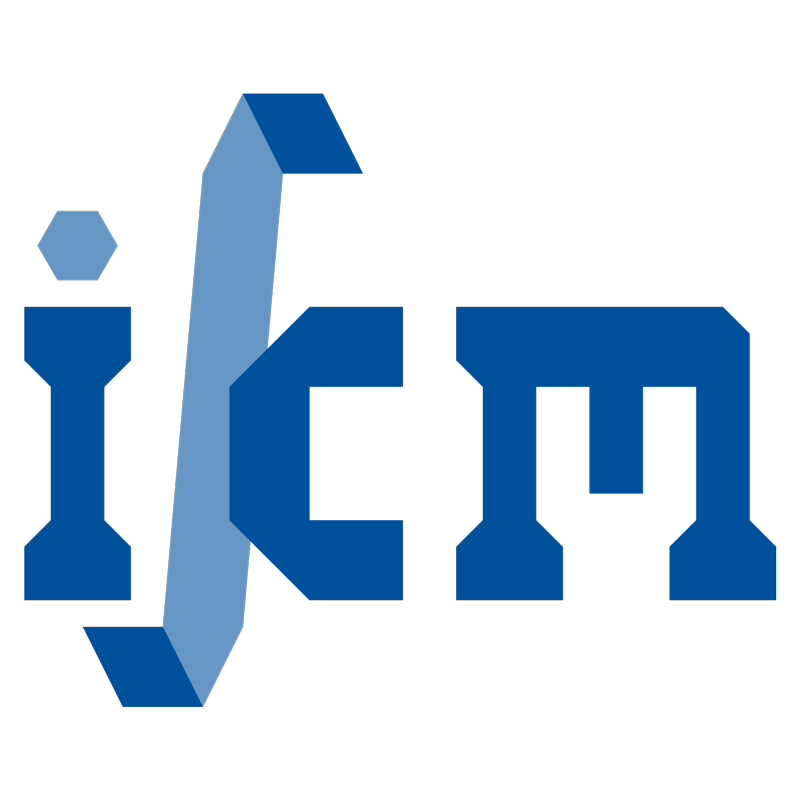Elimination of the Stops Because of Failure of Nonlinear Solutions in Nonlinear Seismic Time History Analysis
- verfasst von
- Aram Soroushian, Peter Wriggers
- Abstract
Purpose: For analyzing structures’ nonlinear dynamic behaviors, it is broadly accepted to use time integration methods and model the nonlinearities using iterative methods. The iterations may however fail. With attention to the sources of computational errors, in 2015 and 2022, the authors proposed continuation of the analysis, even when the iteration fails, and briefly discussed the accuracy and efficiency. In this paper, the proposed change is discussed further, in application to analysis, according to the seismic code of New Zealand, NZS 1170.5:2004, the unique seismic code with established analysis procedure for nonlinear time history analysis. The purpose is to study how the proposed change affects the response accuracy, and the analysis efficiency and simplicity. Method: Based on the analysis procedure in the seismic code of New Zealand, a new procedure that considers the proposed change is suggested. Using the new procedure, the effects of the change on the features of the analysis is discussed through theoretical discussions and piece-wisely linear examples. The limitations, conceivable generalizations, and challenges ahead are discussed, and a vision for the future is provided. Results and Conclusion: As the result, the proposed changes lead to sufficiently accurate responses and analyses simpler and mostly more efficient compared to the ordinary analyses. Besides, not only the improvement in efficiency may be considerable, but also no negative effects on the efficiency are observed. The achievements are important, also because of indirectly encouraging the structural engineers to make more use of nonlinear time history analysis. It is finally recommended to use the new procedure for the analysis of piece-wisely linear systems, when the nonlinearities are modelled using fractional time stepping.
- Organisationseinheit(en)
-
Institut für Kontinuumsmechanik
- Externe Organisation(en)
-
International Institute of Earthquake Engineering and Seismology (IIEES)
- Typ
- Artikel
- Journal
- Journal of Vibration Engineering and Technologies
- Band
- 11
- Seiten
- 2831-2849
- Anzahl der Seiten
- 19
- ISSN
- 2523-3920
- Publikationsdatum
- 09.2023
- Publikationsstatus
- Veröffentlicht
- Peer-reviewed
- Ja
- ASJC Scopus Sachgebiete
- Akustik und Ultraschall, Maschinenbau
- Elektronische Version(en)
-
https://doi.org/10.1007/s42417-023-00968-8 (Zugang:
Geschlossen)


